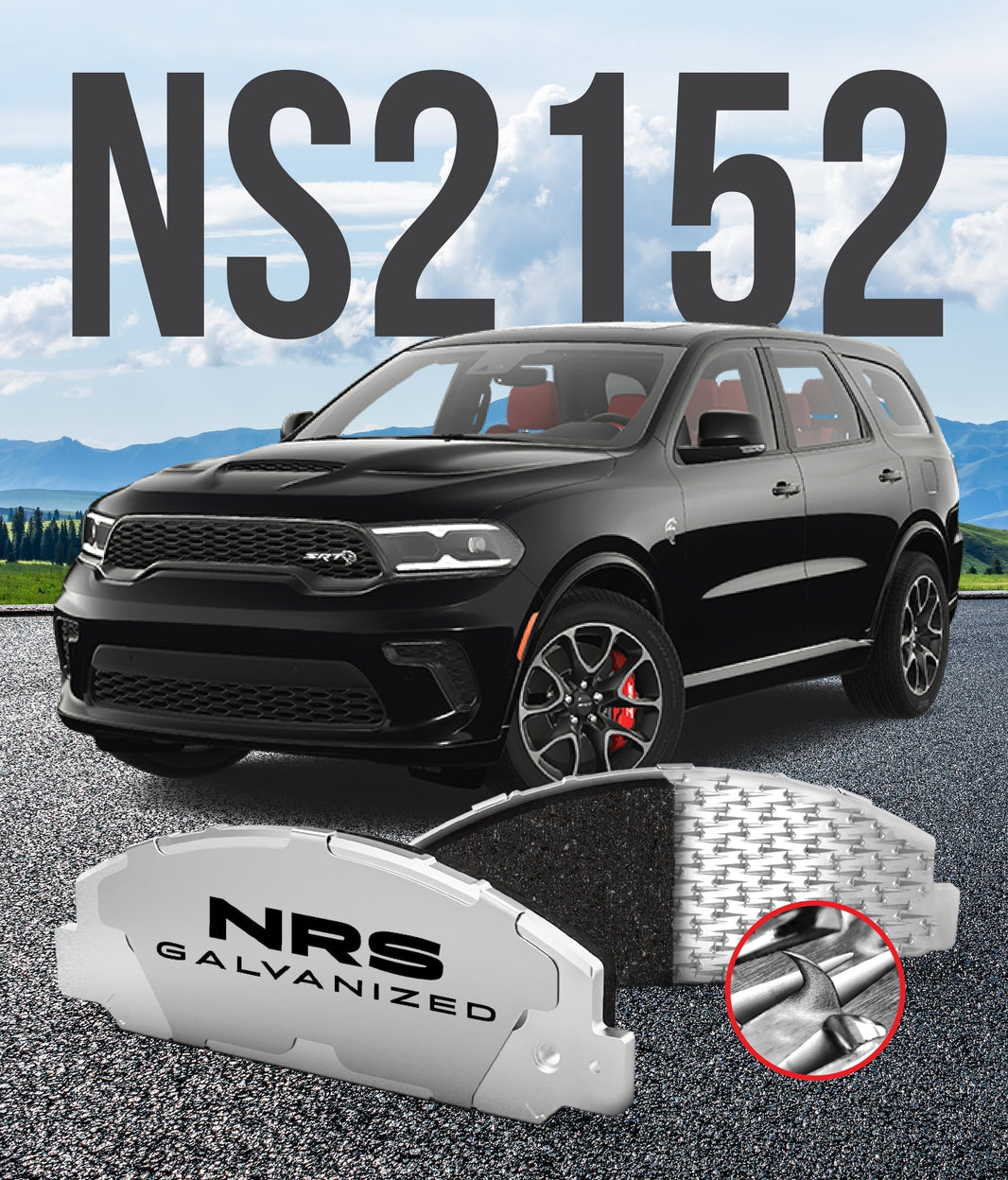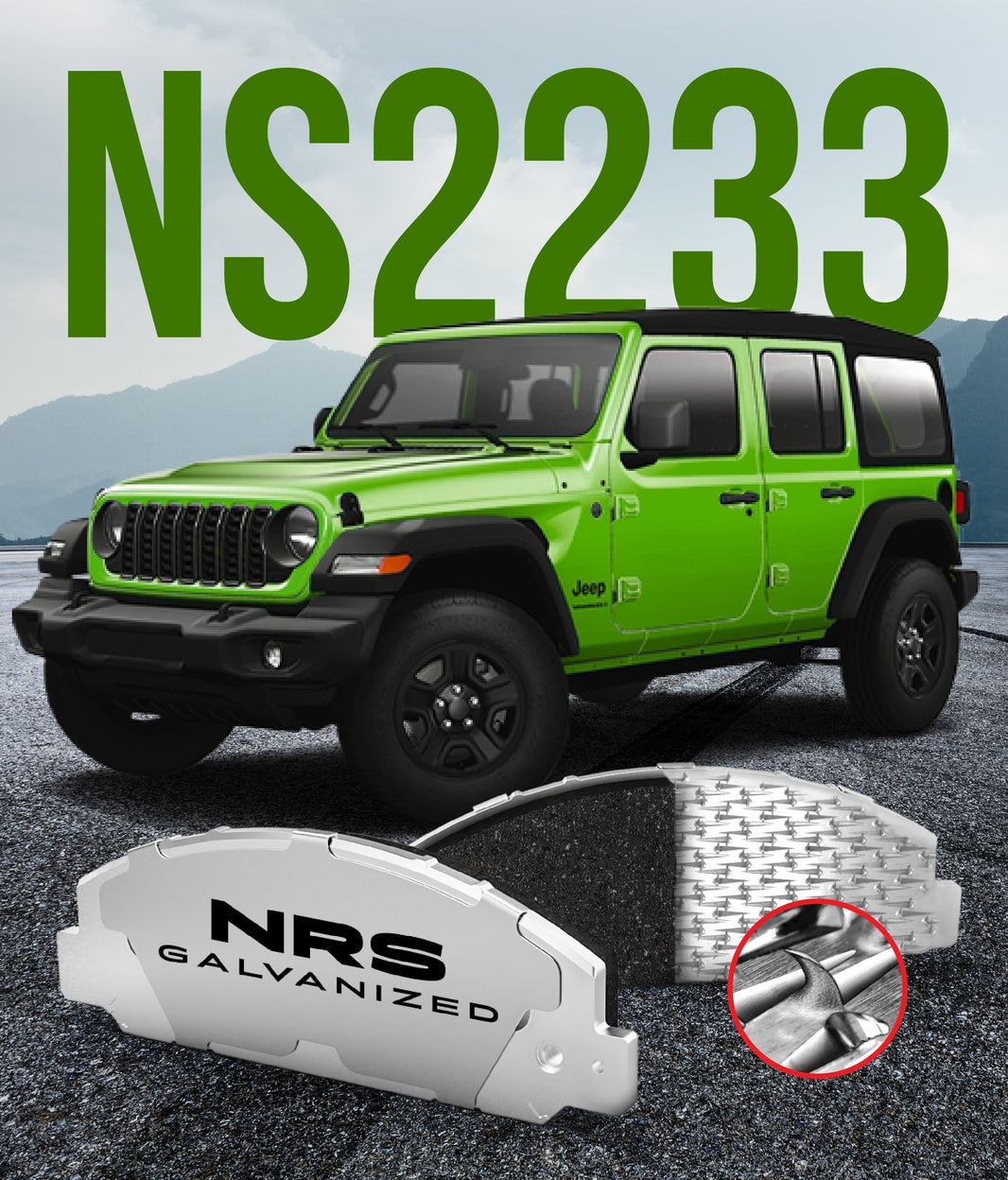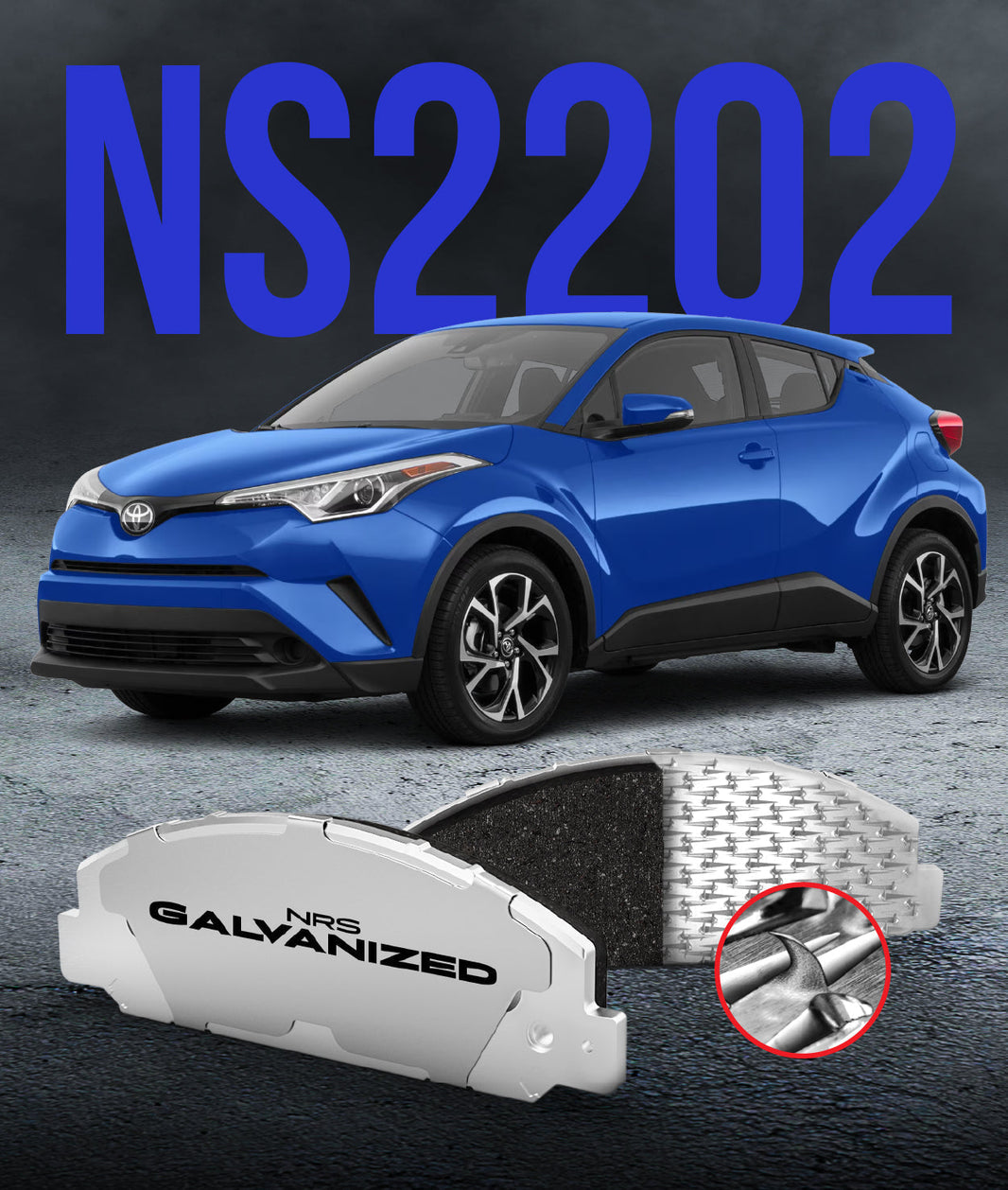 In the constant push for greater vehicle efficiency, automotive engineers have developed some truly clever technologies. One of the most impactful innovations, particularly in hybrid and electric vehicles, is the recovery of Regenerative Braking Energy. This system captures energy that traditional brakes simply turn into wasted heat, putting that energy back to work instead.
In the constant push for greater vehicle efficiency, automotive engineers have developed some truly clever technologies. One of the most impactful innovations, particularly in hybrid and electric vehicles, is the recovery of Regenerative Braking Energy. This system captures energy that traditional brakes simply turn into wasted heat, putting that energy back to work instead.
This article delves into regenerative braking aka as “Regen braking”. We'll explain the science behind how it works, discuss its significant benefits for fuel economy and driving range, explore its limitations, and identify the types of vehicles that use this technology. Crucially, we'll also examine how regenerative braking affects traditional friction brakes and why specialized brakes, like those offered by NRS Brakes, are becoming increasingly important. Lets dive in
Regenerative Braking: Turning Friction into Something Useful
Let's first contrast regenerative braking with the way conventional cars stop. Traditional braking systems rely entirely on friction to slow a vehicle down. When you press the brake pedal, friction materials (brake pads or shoes) are forced against rotating discs (rotors) or drums. This friction converts the vehicle's kinetic energy, the energy of motion, into thermal energy, or heat. That heat is then dissipated into the surrounding air, essentially lost energy. Think of all the energy wasted heating up brake rotors every time you slow down for a stoplight!
Regenerative braking offers a smarter alternative. Instead of simply converting kinetic energy into wasted heat, it captures a significant portion of that energy during deceleration. This captured energy, usually converted into electricity, is then stored in the vehicle's battery. This recovered energy isn't lost; it's recycled and used later to help power the vehicle, making the whole process much more efficient. It’s like finding loose change in the sofa cushions every time you slow down – energy recovered! This also results in less use of your brakes on your Ev or hybrid vehicle and we will get into this later.
The Science Behind the Spin: How the Motor Becomes a Generator
The magic behind regenerative braking lies in the dual role of the electric motor found in hybrid and electric vehicles. These motors are designed not only to propel the vehicle but also to act as generators when needed. How does this switch happen?
When you lift your foot off the accelerator pedal or lightly apply the brakes in a vehicle equipped with regenerative braking, the vehicle's control system effectively reverses the function of the electric motor. Instead of drawing electrical power from the battery to spin the wheels and move the car forward, the momentum of the wheels forces the motor's rotor to spin. This action turns the motor into an electrical generator. The electromagnetic resistance created within the motor as it generates electricity provides a braking force, slowing the vehicle down. The electricity produced during this process is sent back through the power electronics to recharge the vehicle's high voltage battery. It’s a clever bit of engineering, essentially using the car's own motion to put energy back in the tank (or battery, in this case).
Energy Recovery and Efficiency: Making Every Joule Count
The amount of energy that can be successfully recovered through regenerative braking varies based on several factors. These include the vehicle's speed (more energy is available at higher speeds), the rate of deceleration (gentle braking recovers more energy than sudden stops), the battery's state of charge (a full battery can't accept more charge), and the overall efficiency of the motor/generator and power electronics. However, particularly in urban driving scenarios with frequent starting and stopping, regenerative braking can make a substantial difference in overall vehicle efficiency.
Studies and real world driving data consistently show that regenerative braking can recapture a significant percentage of the kinetic energy that would otherwise be lost as heat. This recovered energy directly reduces the demand on the primary energy source, whether it's gasoline in a hybrid or the battery charge in a full EV. This translates directly into improved fuel economy for hybrids and extended driving range for electric vehicles, making them more practical and economical. It's a clear demonstration of using physics smartly to reduce waste and improve performance.
Impact on Fuel Economy and Range: Going Further, Using Less
The practical benefits of regenerative braking are most obvious when looking at fuel consumption figures for hybrids or driving range estimates for electric vehicles. It's a key enabling technology for these greener vehicles.
In hybrid electric vehicles (HEVs), the electricity generated during regenerative braking is stored in the battery. This stored energy is then used by the electric motor to assist the gasoline engine, particularly during acceleration or low speed driving. This reduces the workload on the gasoline engine, leading to lower fuel consumption and reduced emissions. For plug in hybrid electric vehicles (PHEVs), regenerative braking helps maximize the time spent driving purely on electricity before the gasoline engine needs to kick in.
In battery electric vehicles (BEVs), regenerative braking plays an even more critical role. Since BEVs rely solely on battery power, maximizing range is paramount. Regenerative braking effectively "recycles" energy back into the battery every time the vehicle slows down, significantly extending how far the vehicle can travel on a single charge. The effectiveness of regenerative braking is a major factor influencing the real world range of any EV. It’s a fundamental part of the EV efficiency equation.
Vehicles Embracing Regeneration: The Hybrid and EV Revolution
Regenerative braking is a defining characteristic of modern electrified vehicles. While not typically found in conventional internal combustion engine vehicles (though some mild hybrid systems might incorporate limited forms), it's standard equipment on the vast majority of hybrids and EVs.
The technology is employed across a wide spectrum of vehicles:
-
Hybrid Electric Vehicles (HEVs): Toyota Prius, Honda Insight, Ford Escape Hybrid – these vehicles seamlessly blend regenerative braking with their gasoline engines.
-
Plug in Hybrid Electric Vehicles (PHEVs): Chevrolet Volt (older models), Toyota RAV4 Prime, Mitsubishi Outlander PHEV – these use regenerative braking to maximize their electric only driving range.
-
Battery Electric Vehicles (BEVs): Tesla Model 3/Y/S/X, Nissan Leaf, Chevrolet Bolt EV, Ford Mustang Mach E, Hyundai Ioniq 5 – these rely heavily on regenerative braking to achieve their published driving ranges.
As the automotive industry continues its shift towards electrification, regenerative braking systems are becoming ever more sophisticated, efficient, and integrated into the driving experience. It's no longer a niche technology; it's a cornerstone of modern automotive design.
Limitations and Considerations: Not Quite a Perpetual Motion Machine
Despite its significant benefits, regenerative braking isn't a perfect solution and has certain inherent limitations. It cannot completely replace traditional friction brakes.
-
Reduced Effectiveness at Low Speeds: Regenerative braking becomes less effective as the vehicle slows down, typically generating minimal braking force below about 10 km/h.
-
Limited Maximum Braking Force: The electric motor/generator can only provide so much braking torque. In emergency stops or very hard braking situations, regenerative braking alone cannot provide the required stopping power.
-
Battery State of Charge: If the vehicle's battery is already fully charged (e.g., after descending a long hill), it cannot accept additional charge, and regenerative braking capability will be significantly reduced or disabled.
-
System Complexity: Integrating regenerative braking smoothly with the traditional hydraulic friction braking system requires sophisticated electronic controls.
Therefore, all vehicles equipped with regenerative braking also have a conventional friction braking system (disc or drum brakes) that works alongside or takes over when needed. This friction system provides the necessary stopping power at low speeds, during emergency maneuvers, and when the battery is full. Think of regenerative braking as the primary system for gentle slowing, while friction brakes are the essential backup and heavy lifters.
The Impact on Brake pads: A New Challenge Introduced by Regen
Here's a crucial point often overlooked: while regenerative braking reduces the workload on the traditional friction brakes, it also changes how they are used, leading to a unique set of challenges. Because the friction brakes are used less frequently in EVs and hybrids, they are more susceptible to moisture buildup and corrosion and this is where NRS Brakes come in with a solution because of the way the brake pads are made which are built from ground up to last longer and avoid the corrosion, rust and delamination of your traditional brakes
In a conventional gasoline vehicle, frequent use of the brakes generates heat, which helps evaporate moisture from the brake components. In an EV or hybrid using regenerative braking extensively, the friction brakes may remain cool and damp for longer periods. This moisture, especially when combined with road salt in Canadian winters, can cause significant rust and corrosion on the brake pads' backing plates and other components. This corrosion can lead to premature brake pad failure, noise, and even dangerous delamination (where the friction material separates from the backing plate). This presents a new problem requiring a new solution.
The NRS Solution: Brakes Engineered for the EV Era
This is precisely where NRS Brakes provides a critical advantage for hybrid and electric vehicles. We recognized the unique challenges posed by regenerative braking and engineered our brake pads accordingly. As stated on our website, "Only zinc plated NRS-EV brakes are specifically engineered for your EV."
-
Galvanized Steel Backing Plates: The foundation of NRS brake pads is a galvanized steel backing plate. This zinc coating provides unparalleled protection against rust and corrosion, directly combating the moisture buildup issue caused by infrequent friction brake use in EVs and hybrids. This ensures the backing plate remains structurally sound throughout the pad's life and less prone to premature brake failure like traditional brakes.
-
Patented NRS Hook Mechanical Attachment: Traditional brake pads rely heavily on adhesives to bond the friction material to the backing plate. Rust can compromise this bond. NRS Brakes utilizes a patented mechanical attachment system featuring hundreds of hooks formed directly into the backing plate. The friction material is molded around these hooks, creating an inseparable mechanical bond that prevents delamination, regardless of rust or heat.
-
Noise Suppression: NRS pads often include integrated noise suppression features to reduce vibration and eliminate braking noise, contributing to the quiet driving experience expected in EVs.
This combination of galvanization and mechanical attachment means NRS brake pads resist the primary failure modes exacerbated by regenerative braking. They are designed to provide safe, reliable, long lasting performance even when used less frequently.
Environmental Responsibility: Eco Friendly Braking
Beyond performance and durability, NRS Brakes is also committed to environmental responsibility, aligning perfectly with the eco conscious nature of EV ownership. Maybe it’s the changing times or NRS Brakes heightened awareness of climate change that makes us all care more about what goes into the products we buy.
NRS Brakes Ultra Premium products are environmentally friendly and adhere to stringent low copper requirements (California and Washington restrictions), already meeting LEVEL A, B, and N mandated U.S. regulations. Our brake pads are 100% copper free and bearing the LeafMark™ symbol as assurance of our commitment. In contrast, traditional brake pad debris can release harmful toxins like copper, lead (from paint), and rust particles into the environment, impacting air, water, and soil quality. Choosing NRS means choosing a cleaner braking solution.
We at NRS Brakes understand that the rise of regenerative braking necessitates a new approach to friction brake design. Our galvanized brake pads with patented NRS Hooks are not just compatible with EVs and hybrids; they are engineered specifically for them because of the infrequent use of the brakes in EV’s your brakes will last longer. We provide the Best Brake Pads to ensure that the essential friction braking system remains reliable, safe, and long lasting, even when used less frequently due to Regenerative Braking Energy recovery. Don't rely on outdated brake technology for your modern vehicle – upgrade to the next generation of braking with NRS.
NRS Brakes are Built for the EV Era
As electric vehicles become more common, many aftermarket and even OEM brake pads are still relying on outdated designs that aren’t suited for EV-specific challenges—especially the effects of regenerative braking. Because EVs use their friction brakes less frequently, moisture buildup becomes a serious issue, leading to corrosion and reduced performance. That’s why NRS Brakes developed mechanically attached, galvanized brake pads engineered specifically for electric vehicles. Backed by extensive research, NRS-EV pads resist rust, maintain structural integrity, and deliver long-term reliability—making them the smarter choice over cheap aftermarket parts or overpriced dealer options.




